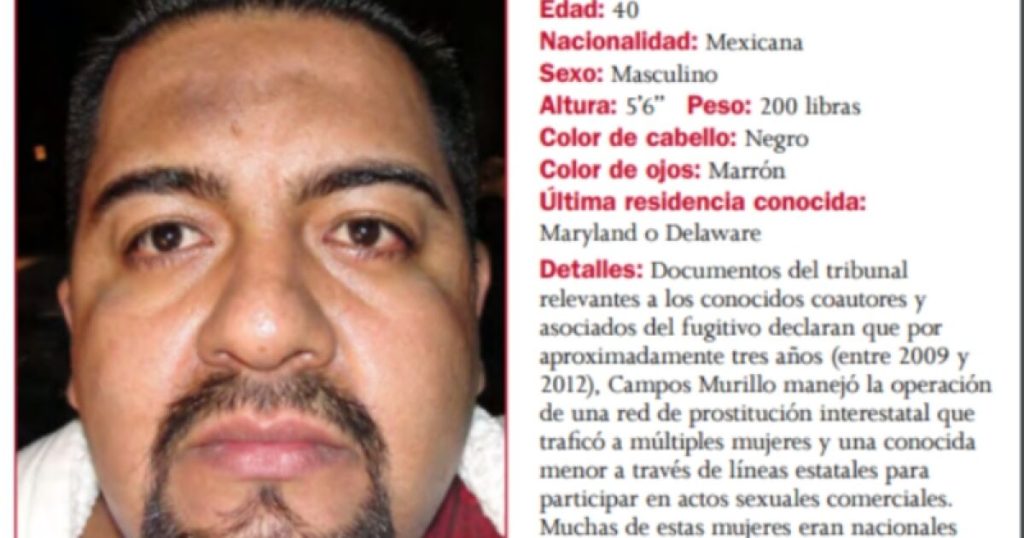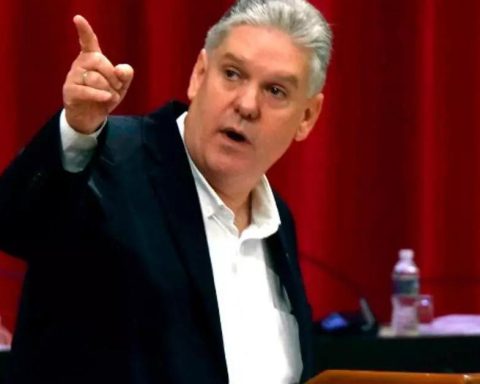The COP29 agreed this Sunday at dawn, after two weeks of intense negotiations, moments of crisis and “chaos” in its final stretch, the financial agreement by which Rich countries will pay $300 billion annually to the developing world to pay for climate action there.
In a plenary session interrupted several times to finalize the details of the text to be negotiated, the nearly 200 countries gathered at the Baku summit finally sealed the agreement with which they set the new goal of climate financewhich will replace the previous one that It was established at 100 billion dollars annually.
Negotiators spent the last two weeks discussing the details of this goal in the Azeri capital, which was agreed this Sunday establishes the amount of 1.3 trillion dollars annually by 2035, Although of that amount only 300,000 million (287,000 million euros) must be provided through aid and mobilization of private funds with public support.
The delegates, journalists and public, present in the gigantic room where the plenary was held, broke into applause and ovations when the president of COP29, Mukhtar Babayevlowered the hammer on the financial agreement that marked the end of a marathon day that had extended more than 32 hours from the scheduled closure of the summit.
More than 24 hours after its closure, The Baku summit closed the agreement with which the wealthy states agreed to assume part of the bill that the ecological transition and climate adaptation means for the countries of the Global South, which are the least historically responsible for global warming and, at the same time, those that suffer the most from its consequences.
Also read: Opposition calls for a “huge” protest “inside and outside” Venezuela on December 1
The text reiterates one of the demands that these states with fewer resources have been expressing for years in these forums: the reform of the international financial architecture.
The countries point out that this must “address the obstacles” that the developing world faces when accessing climate finance, for example eliminating barriers and high capital costsfiscal limitations, “unsustainable levels of debt” or high transaction costs.
It also recognizes the special need to bring “public resources, subsidies and financing on very favorable conditionsin particular for adaptation and response to the harms and damages” of climate change in “least developed” countries and “small island developing states”.
Pollutes but pays the bill
The parties reaffirm the principle of Paris Agreement which refers to the shared but differentiated responsibilities of countries in the climate crisis: those considered “developed” – wealthy – emit more greenhouse gases than those called “developing”, and, therefore, the parties consider that they should assume a large part of the bill.
The group of high-level economists to whom UN commissioned a report on climate financing estimated at 2.4 trillion dollars annually the cost of climate transition and adaptation in the developing world by 2030, but calculated that, of that amount, 1.4 trillion can be provided by the countries of the Global South from their own pockets, while the remaining trillion must come from external financing .
Through the new global climate financing goal set in Baku, rich states committed to mobilizing a total of 1.3 trillion dollars annually by 2035, but with a guaranteed first layer of 300 billion.
The largest amount is what developing countries suggested in the first days of COP29, although they requested it for 2030, but the central layer of the objective is still far from the 500 billion dollars they demanded.
Of interest: Venezuelan opposition asks for Christmas without political prisoners: “doing politics is not a crime”
That layer, also called the “heart” of the target, will be made up of “a wide variety of sources,” public and private, bilateral and multilateral, according to the agreement.
On the other hand, the parties are invited to voluntarily count as climate financing the funds that come from multilateral development banks, whose donors are not exclusively rich countries, but also states considered developing.
The categories “developed” and “developing” respond to a classification that dates back to 1992, year in which the UN Convention on Climate Change was born, a product of the Earth Summit in Rio de Janeiro.
But now, 32 years later, developed countries such as the United States or the European Union argue that the world has changed, and they can no longer be considered developing, for example, China, the United Arab Emirates or Kuwait.
But the text agreed in Baku “encourages” developing countries to make “voluntary” contributions to fuel climate finance of 1.3 trillion annually directed to countries in the Global South.
Fountain: EFE
















